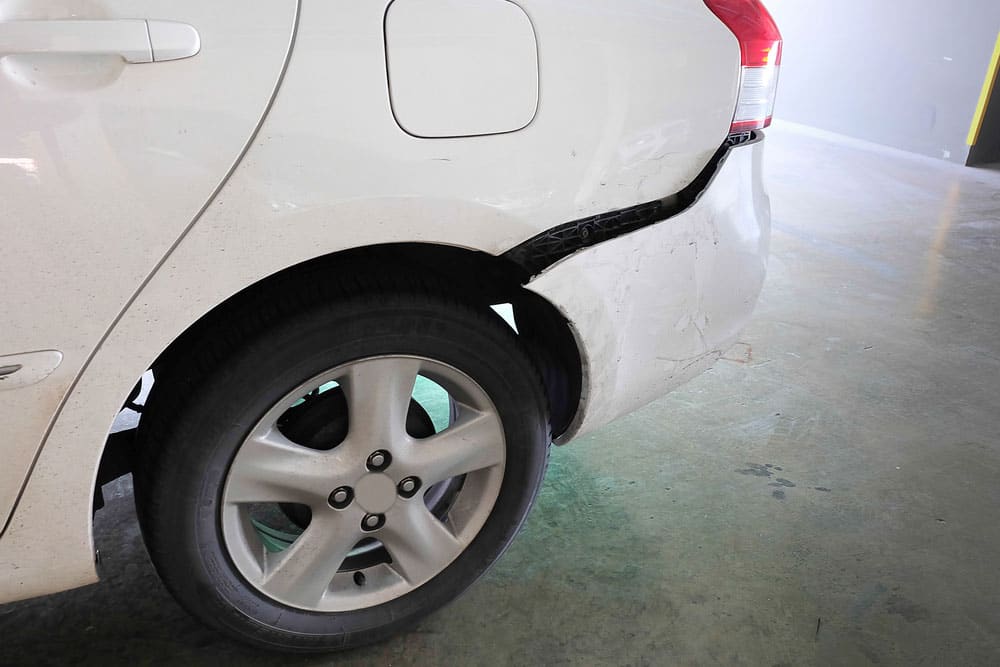In 2011, data released by the car insurance industry revealed that the average person will be in an auto accident about once every 17.9 years. It’s not a question of if you’ll be in a car accident, but when. The only real question is how severe the accident will be. The good news is you’re more likely to be in a minor accident, like a fender bender. Nonetheless, “minor” doesn’t always mean “without injury”.
Small accidents often result in soft tissue injuries— whiplash, sprains, damage to muscles, ligaments, or tendons, as well as less severe back injuries. While these wounds aren’t as immediately obvious as broken bones or organ damage, they can still be debilitating, take time to heal, and lead to other complications. However, this also means filing a personal injury claim for a soft tissue injury can be more complicated, as their severity can be challenging to prove and insurance companies are wary of potential exaggeration. Put simply, pain is hard to prove.
Even so, it’s not impossible to prove if you know what a typical soft tissue personal injury case requires. A good rule of thumb is to always seek medical attention after an accident. Not only does this keep you safer, in case the shock of the accident prevents you from initially realizing the extent of your injuries, but it also creates medical records. Insurance companies, just like lawyers, like having things in writing. Having a record of a visit to a doctor, detailing your specific pain and requesting treatment, is one way to prove that the injury exists. Medical proof can be the deciding factor in whether you receive compensation for damages, treatment, lost income, and pain and suffering; it demonstrates the consequences of someone else’s negligence, and proving negligence is key in a personal injury claim.
In addition to consulting a doctor, soft tissue injury cases are aided by providing as much information as possible regarding the circumstances of the accident itself: witness statements, expert testimony, police reports, statistics about the injury and its relation to auto accidents, etc. With all personal injury claims, the more data, the better. Hard facts weed out those trying to fool the system and protect those with real invisible injuries.
Sometimes soft tissue injuries do go to court, but they often end by reaching a settlement with an insurance company. A soft tissue personal injury attorney can help you understand how to strengthen your case and what the appropriate compensation is for your situation. Even if your injury is invisible, you aren’t in the eyes of our attorneys. When an accident happens, consult Perez Law Group, PLLC, and we’ll help prove your pain. Call (602) 730-7100 today.
